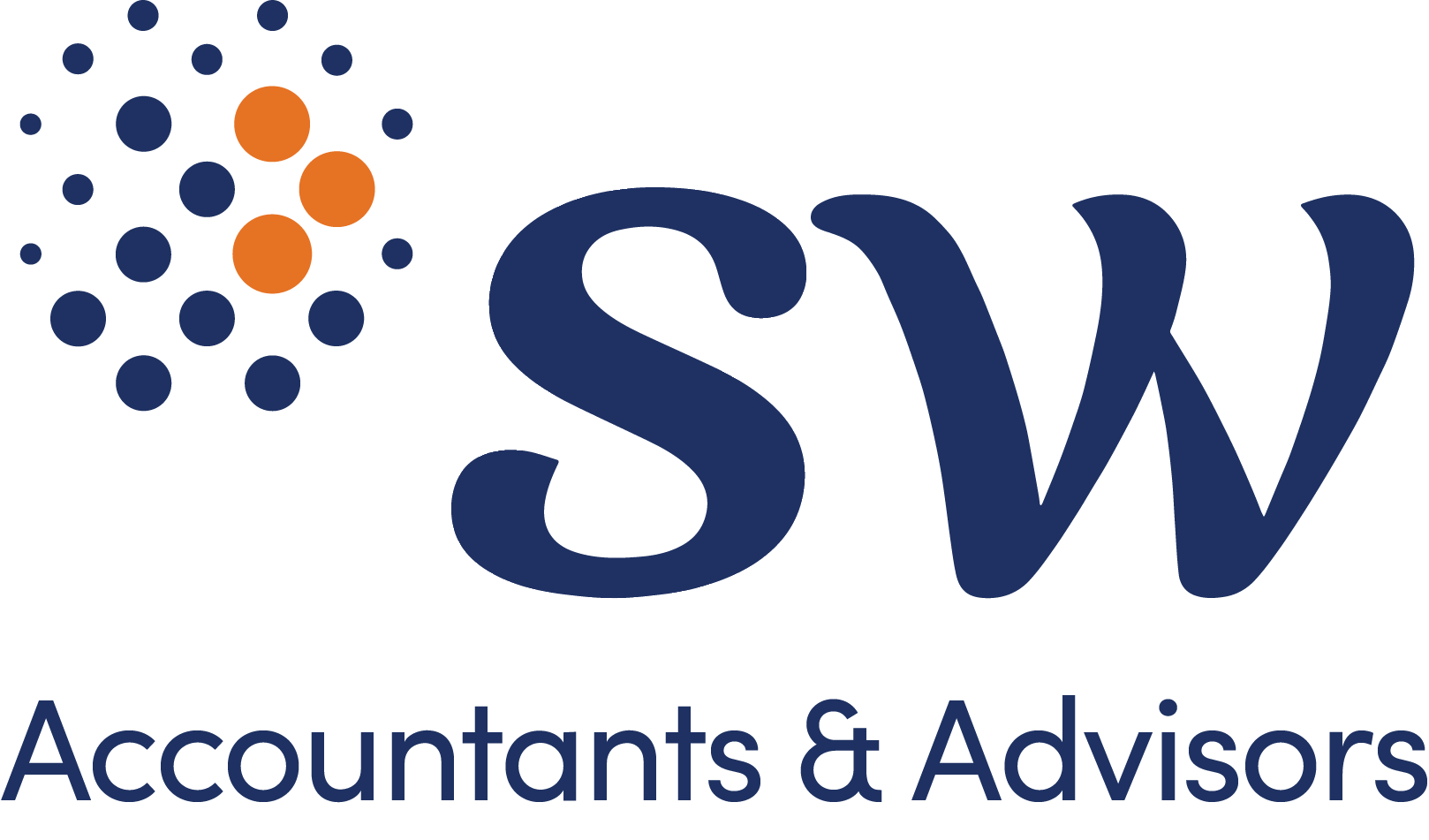
Trusts & section 100A | Commissioner draws first blood
29/09/2022
On 19 September 2022, the Federal Court (single Judge) handed down a decision on section 100A of the Income Tax Assessment Act 1936 (ITAA36) which supports the expansive interpretation in the ATO’s draft guidance (Taxation Ruling TR 2022/D1) released in February this year.
There are a number of cases pending in relation to this controversial provision, including the Full Federal Court appeal by the Commissioner of the Guardian1 decision of earlier this year, which dealt with section 100A and was decided in the taxpayer’s favour. To read more about our analysis of the Guardian case click here.
To recap, section 100A is a long standing anti avoidance rule originally introduced to counter aggressive ‘trust stripping’ schemes, but which can potentially be applied more broadly to certain arrangements (referred to in the legislation as ‘reimbursement agreements’) where trust beneficiaries are made entitled to trust income, but where there is a benefit or payment provided to a person other than the beneficiary to which the income is distributed. Where section 100A applies, the result is that the beneficiary is deemed not to be entitled to the income, and the trustee is assessable in relation to that income at the top personal rate of tax (currently 47%).
In BBlood Enterprises Pty Ltd v Commissioner of Taxation [2022] FCA 1112, the Court held that a reimbursement agreement existed and that the arrangement was not explicable as an ordinary family or commercial dealing. As a result, the Court agreed with the Commissioner that section 100A applied.
The case | BBlood Enterprises Pty Ltd v Commissioner of Taxation [2022] FCA 1112
The facts
The facts of the case broadly are as follows:
- A family discretionary trust (IP Trust) held 99% of the shares in a company (IP Co) which had significant (franked) retained profits and nominal share capital
- The following steps were implemented during a particular year of income (2014):The trust deed of IP Trust was amended to ensure that the distributable income of the trust was income according to ordinary concepts (thus excluding profits of a capital nature)
- A new family company (BE Co) was established as a beneficiary of the IP Trust Arrangements were made under which IP Trust had a modest amount of (ordinary) dividend and distribution income for the year
- A selective share buy-back of the shares in IP Co was undertaken, the main result of which was that the franked retained profits of IP Co were flushed out to IP Co. Note that whilst the tax rules pertaining to share buybacks deem this component of the proceeds to be a dividend derived by IP Trust, it remains a capital receipt under ordinary concepts
- The ordinary income of IP Trust for the year was distributed to BE Co and subsequently paid out
- As a result of the operation of the normal tax rules relating to trusts, the deemed dividend component of the share buyback proceeds was taxable to BE Co, but being franked, no tax was payable by Be Co on this deemed dividend
- The share buyback proceeds were retained by the IP Trust
- The result of the above steps (subject to the operation of the various anti avoidance rules that the Commissioner was seeking to apply) was that the retained profits of IP Co had been distributed to and retained by IP Trust without further tax being suffered.
The decision
The Court determined that section 100A applied, despite the fact that the beneficiary of IP Trust (BE Co) received in cash its full income entitlement (being the ordinary income), which is a separate entitlement to the share buyback proceeds retained by IP Trust. The Court concluded that the arrangement was implemented with a purpose of ensuring that the profits of IP Co were distributed in a tax-free form and not the result of an ordinary family or commercial dealing.
The result of the application of section 100A is that the income entitlement of BE Co is deemed to not exist. Such that the taxable income of IP Trust (inclusive of the grossed up deemed dividend from the share buyback) is assessable to the trustee at 47% (net of franking credits), the highest marginal tax rate of the beneficiary.
In relation to section 100A, the Court held that:
- a ‘reimbursement agreement’ is not constrained by the ordinary meaning of ‘reimbursement’ and has a wide meaning restricted only by the tax avoidance purpose and the ‘ordinary family and commercial dealings’ exception to section 100A
- a tax avoidance purpose arises for section 100A where there is a purpose of tax avoidance (paying no tax or less tax than the purported beneficiary). This should be contrasted with other integrity measures where the tax avoidance purpose needs to the sole or dominant purpose
- the ordinary family or commercial dealings exception needs to be applied to the arrangement as a whole rather than the individual steps.
The Court also considered the possible application of the ‘dividend stripping’ rules, which the Commissioner relied upon as an alternative to section 100A. The Court held that, although some of the elements normally associated with a dividend strip (e.g. involvement of third party) did not exist, there was sufficient similarity between the arrangements implemented and a dividend strip to apply these integrity measures in the alternative. If applicable, the dividend stripping measures would deny BE Co franking offsets in determining its tax liability for the year. However, given that section 100A applied, this secondary issue was, for the taxpayers concerned, somewhat academic.
So what does this decision mean?
On the one hand, the decision could be viewed as an appropriate outcome, given that the arrangements appear to have been somewhat artificially engineered (and indeed replicated by the taxpayer’s advisers for other clients around the same time) to achieve a beneficial tax outcome. It is not surprising that the Commissioner sought to challenge the arrangement.
On the other hand, the decision will potentially increase the Commissioner’s confidence to apply section 100A to circumstances that many may have thought it should not apply.
Notably, the Court determined that the fact that an income distribution was made and paid out in full was not, of itself, sufficient to conclude that section 100A had no role to play. The Court effectively viewed the income distribution as an enabling mechanism by which the retained profits of IP Co were transferred on a tax free basis to IP Trust and, more importantly, as a ‘reimbursement agreement’ with a tax benefit purpose for the purposes of section 100A. It is noted that facts in this situation are quite similar to one of the more controversial examples in Taxation Ruling 2022/D1 released earlier this year.[1]
The case also highlighted the importance of ensuring that there is solid evidence to support arguments that the arrangement is an ordinary family or commercial dealing. In the BBlood case, general assertions by the taxpayer that the arrangements were motivated by commercial (not tax) reasons, such as estate planning and group simplification, were not compelling and failed to discharge the taxpayer’s onus of proof.
Reach out to our SW team if you would like to further understand or discuss the implications of this case.
Our previous articles on 100A:
Guardian case – section 100A win for the taxpayer
Trust distributions – the game has changed
Contributors
1 Guardian AIT Pty Ltd v Commissioner of Taxation [2021] FCA 1619;114 ATR 136
2 Example 8 in Draft Taxation Ruling TR 2022/D1


